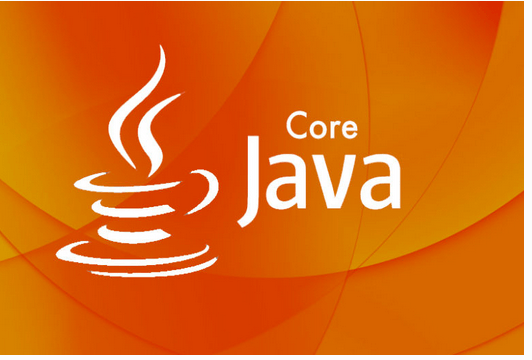Java is a high-level, object-oriented programming language designed to have as few implementation dependencies as possible. It is widely used for developing web applications, mobile applications, and enterprise-level applications.
Some key features of Java include:Platform Independence: Java code can run on any device that supports the Java Virtual Machine (JVM).
Object-Oriented: Java follows the principles of object-oriented programming (OOP), such as inheritance, encapsulation, and polymorphism.
Robust: Java provides strong memory management, exception handling, and type checking mechanisms.
Multi-threaded: Java supports multithreading, allowing the execution of multiple threads simultaneously.
Portable: Java programs can easily be transferred and executed across platforms without any modifications.
JDK (Java Development Kit): It is a software development environment used for developing Java applications, containing tools like the compiler (javac), JRE, and libraries.
JRE (Java Runtime Environment): It provides the libraries, Java Virtual Machine (JVM), and other components necessary for running Java applications.
JVM (Java Virtual Machine): It is a virtual machine that executes Java bytecode and provides platform independence.
HTML tags like , , , , etc. that give meaning or structure to a page’s content are known as semantic elements in HTML5. They facilitate accurate styling and page interpretation by assisting web developers and browsers in comprehending the kind of material contained within these elements.
When semantic elements are used properly, a web page’s accessibility and search engine optimization (SEO) are enhanced in addition to its structure and meaning. It improves the usability and discoverability of the page by assisting screen readers and search engines in comprehending the context and content of the page.
From a conceptual standpoint, the and components are interchangeable.
Consider the following while determining which of them to select:
* An article should be reusable or independently distributable.
* A section is a content grouping based on a theme.
Constructors in Java are special methods that are called when an object is instantiated. They are used to initialize the state of an object. Constructors have the same name as the class and do not have a return type.
Inheritance is an OOP concept where one class (child class) inherits the properties and methods of another class (parent class). It promotes code reuse and establishes a relationship between parent and child classes.
Method overloading is a feature in Java that allows a class to have more than one method with the same name but different parameter lists (types or numbers of arguments). It improves the readability of the code.
Access modifiers in Java define the visibility of classes, methods, and variables. They are:Public: Accessible from anywhere.
Private: Accessible only within the class.
Protected: Accessible within the same package and subclasses.
Default: Accessible only within the same package.
The final keyword can be used in three contexts:Final variable: Its value cannot be changed once initialized.
Final method: It cannot be overridden by any subclass.
Final class: It cannot be extended by any subclass
String: Immutable, meaning its value cannot be changed after creation.
StringBuilder: Mutable, and allows modification of string content without creating new objects. It is not thread-safe.
StringBuffer: Similar to StringBuilder but is thread-safe and synchronized.
Exceptions in Java are abnormal events that disrupt the normal flow of a program. They are handled using try-catch blocks. In the try block, the code that might throw an exception is placed, while the catch block handles the exception.
Checked exceptions: Must be handled at compile time (e.g., IOException, SQLException).
Unchecked exceptions: Occur at runtime and are not checked during compilation (e.g., NullPointerException, ArithmeticException).
Multithreading is the process of executing multiple threads simultaneously to improve performance. Java provides built-in support for multithreading using the Thread class and Runnable interface.
The this keyword refers to the current object in a method or constructor. It is primarily used to differentiate between instance variables and local variables with the same name.
The Java Collections Framework provides data structures like ArrayList, HashMap, HashSet, etc., which allow dynamic storage, retrieval, and manipulation of objects. Collections are a more flexible alternative to arrays.
ArrayList: Implements a dynamic array and allows random access to elements, but insertion and deletion operations are slower.
LinkedList: Implements a doubly linked list and provides faster insertion and deletion, but slower random access.
Garbage collection in Java is the process of automatically deallocating memory by reclaiming objects that are no longer in use, thus preventing memory leaks. The JVM’s garbage collector performs this task in the background.
The super keyword is used to refer to the parent class’s methods and constructors. It is commonly used to invoke the superclass’s constructor or methods from a subclass.
Polymorphism is an OOP principle that allows one method to behave differently based on the object that calls it. It is of two types:Compile-time (method overloading): Resolved at compile time.
Runtime (method overriding): Resolved at runtime.
